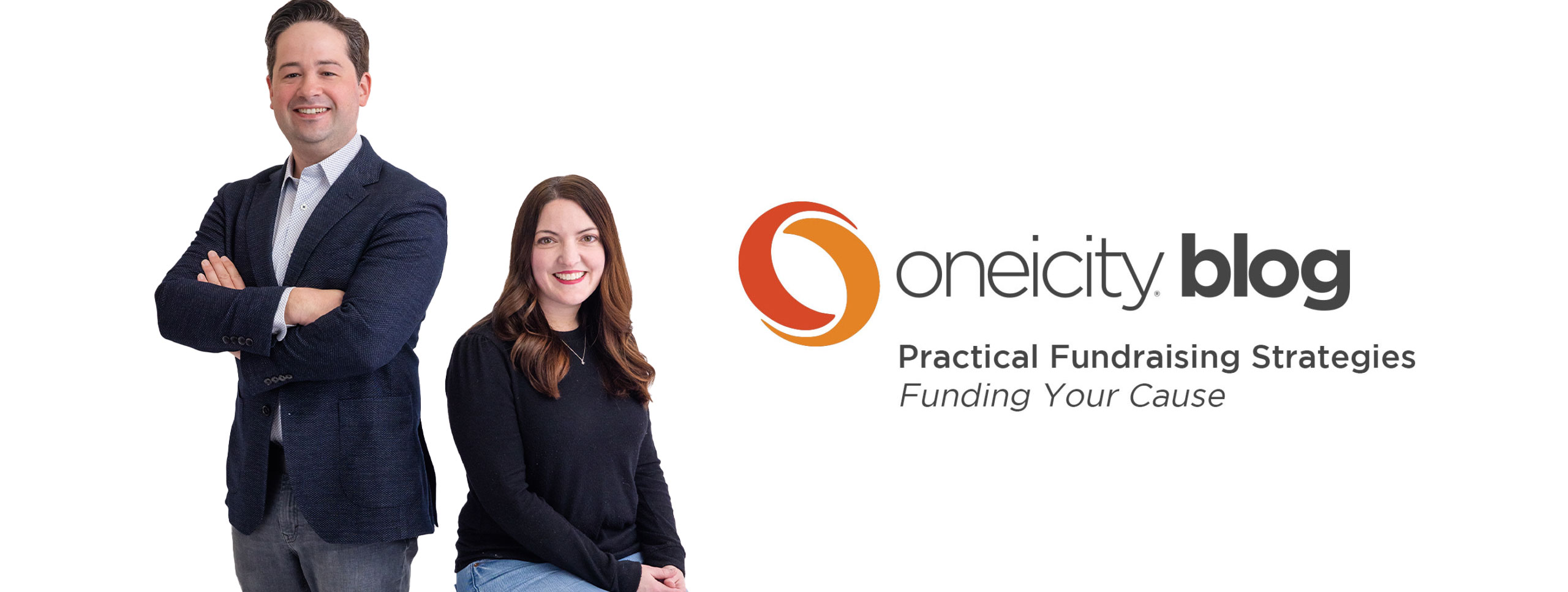If people don’t already love what you do, how do you connect with them deeply enough to help them care?
Facts won’t do it. Raising awareness isn’t the solution. Just telling stories won’t get you there.
Connecting with donors through emotion is the key to helping your donors care about your work. Conjuring an emotional response is one of the very best ways to create a meaningful connection.
Don’t take my word for it. I’m calling in a scientist, a researcher and a professor. See what you think. At the end we’ll talk about the right emotions to influence donor decisions.
“The essential difference between emotion and reason is that emotions leads to action while reason leads to conclusions.” Donald Calne, Neurologist.
That’s why awareness campaigns don’t raise money. That’s why an infographic isn’t enough. More information or more facts won’t solve the “caring problem.”
It takes emotion.
You have to create the emotion for the donor.
Yet, not all emotions are equal in fundraising. It’s a tempting but rookie mistake to heap on piles of sadness or guilt to motivate a donor to give.
Kate Sweeny, a psychology researcher at the University of California, Riverside, puts it this way: “People avoid information that makes them feel bad.” OK, I thought I was the only one who did that. Turns out I’m not alone. Sweeny continues:
“People tend to avoid or remain unmoved by stories and situations that attempt to make them feel bad.”
Ezra Markowitz, associate professor at University of Massachusetts Amherst, who studies decision making puts it this way:
“The problem is we are really good at getting out of feeling badly since nobody wants to feel badly about themselves. We have a guilty bias. People are really good at trying to avoid feeling guilty.”
People avoid feeling guilty. People avoid information that makes them feel bad.
Sweeny states the obvious, people “are attracted to things associated with pleasant emotions.”
She continues, “People feeling pride were more likely to take a positive action than those anticipating guilt for having failed to act.”
It makes sense. We don’t like feeling bad. We will work hard to avoid learning something that will make them feel bad…like feeling guilty. Does guilt work in fundraising? Sadly, yes, but not for the long haul and not with most people. Guilt isn’t a relationship strategy.
What emotions will connect with and motivate donors?
Try:
Pride
Awe
Gratitude
Kindness
Love
Excitement
Nostalgia
Friendship
Admiration
Optimism
Hope
Why would you use guilt when you have these lovely emotions in your toolbox? Plus, it’s so much fun to learn to connect with the heart of a donor through positive emotions. It’s one of the ways you can begin to create real relationships with donors.
Certainly, there are individuals who are motivated differently. Individuals will respond to various emotions uniquely. But when you are communicating with masses of people, you must focus on how to connect with most people.
I’d love to know what you think. You can reach me at sthomas AT oneicity DOT com
If you’re not getting our email newsletter with information about this blog, you’re missing out on some of the good stuff. If you wonder what the newsletter is about, you can find the archive here. You can sign up here. Have no fear, I’ll never sell you out or spam you.

